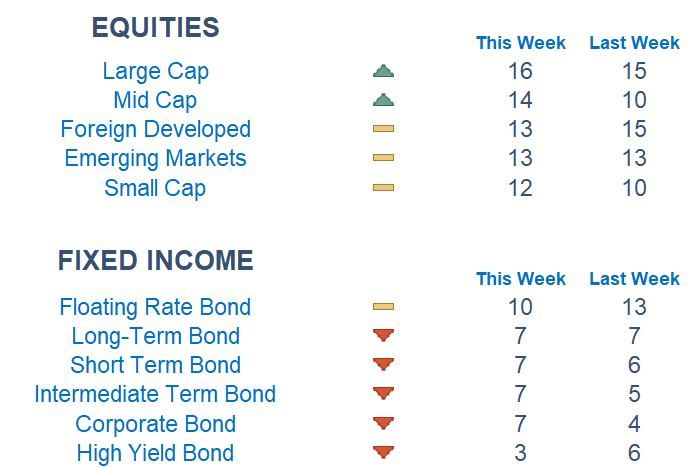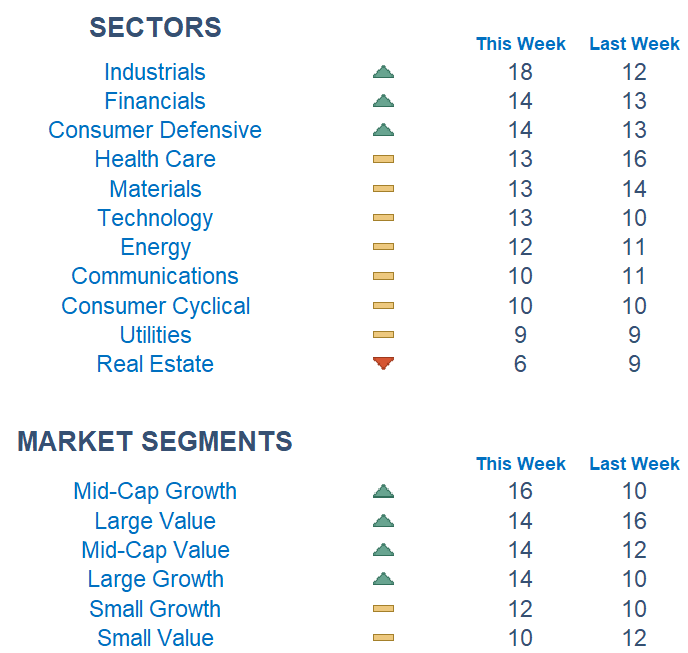Markets struggled to gain traction to start the week as traders are awaiting the flood of jobs data and Fed speak. Jerome Powell is speaking twice during the week and is expected to hold the line on his recent no rush to cut message. However, if we get much cooler labor market data, it would reinforce market bets for a cut in the Summer.

This Week on Wall Street - Week of March 4th
Market Commentary
Markets struggled to gain traction to start the week as traders are awaiting the flood of jobs data and Fed speak. Jerome Powell is speaking twice during the week and is expected to hold the line on his recent no rush to cut message. However, if we get much cooler labor market data, it would reinforce market bets for a cut in the Summer.
The S&P 500 is still hovering above 5,100 as the gauge saw its 16th weekly gain in the last 18 - something that hasn't happened since 1971. Forecasters are divided. Marko Kolanovic at JP Morgan believes there is froth in the market and argues that this might keep monetary policy higher for longer, as premature rate-cutting risks further inflating asset prices or causing another leg up in inflation. Chris Senyek at Wolfe Research argues the market is likely to push higher until economic data signals a significant slowdown ahead or inflation looks sticky enough to keep the Fed from cutting rates deeply and quickly.
Newton scores are strong out of Large Cap equities. As rates have climbed from the beginning of the year, fixed income remains weak. Beneath the surface, Industrials, Financials, and Consumer Defensive are on top. Real Estate is currently lagging the most.
Stories to Start the Week
Dune: Part Two collected $81.5 million in its domestic debut, providing a necessary jolt to movie theaters.
Scientists are celebrating what they call a "dream" discovery after an exploratory drill confirmed a high concentration of helium buried deep in Minnesota's Iron Range.
The lawyers who voided Elon Musk's $56 billion compensation as excessive sought a record $6 billion legal fee, payable in the electric car maker's stock.
Yesterday, in her last regular season home game, Caitlin Clark passed "Pistol Pete" Maravich for the most points scored by a Division I basketball player.
U.S. Vice President Kamala Harris demanded Hamas agree to an immediate six-week ceasefire while urging Israel to do more to boost aid deliveries to Gaza.
Economic Releases This Week
Monday: Philadelphia Fed President Harker Speaks
Tuesday: Factory Orders, ISM Services, Fed Vice Chair for Supervision Barr Speaks
Wednesday: ADP Employment, Fed Chair Powell Testifies to Congress, US Wholesale Inventories, Job Openings, SF Fed President Daly Speaks, Federal Reserve Beige Book, Minneapolis Fed President Kashkari Speaks
Thursday: Initial Jobless Claims, US Trade Balance, Fed Chair Powell Testifies to Congress, Cleveland Fed President Mester Speaks, Consumer Credit
Friday: New York Fed President Williams Speaks, US Nonfarm Payrolls

What is Newton?
Our Newton model attempts to determine the highest probability of future price direction by using advanced algorithmic and high-order mathematical techniques on the current market environment to identify trends in underlying security prices. The Newton model scores securities over multiple time periods on a scale of 0-20 with 0 being the worst and 20 being the best possible score. Trend & level both matter.


Technical trading models are mathematically driven based upon historical data and trends of domestic and foreign market trading activity, including various industry and sector trading statistics within such markets. Technical trading models, through mathematical algorithms, attempt to identify when markets are likely to increase or decrease and identify appropriate entry and exit points. The primary risk of technical trading models is that historical trends and past performance cannot predict future trends and there is no assurance that the mathematical algorithms employed are designed properly, updated with new data, and can accurately predict future market, industry and sector performance.
